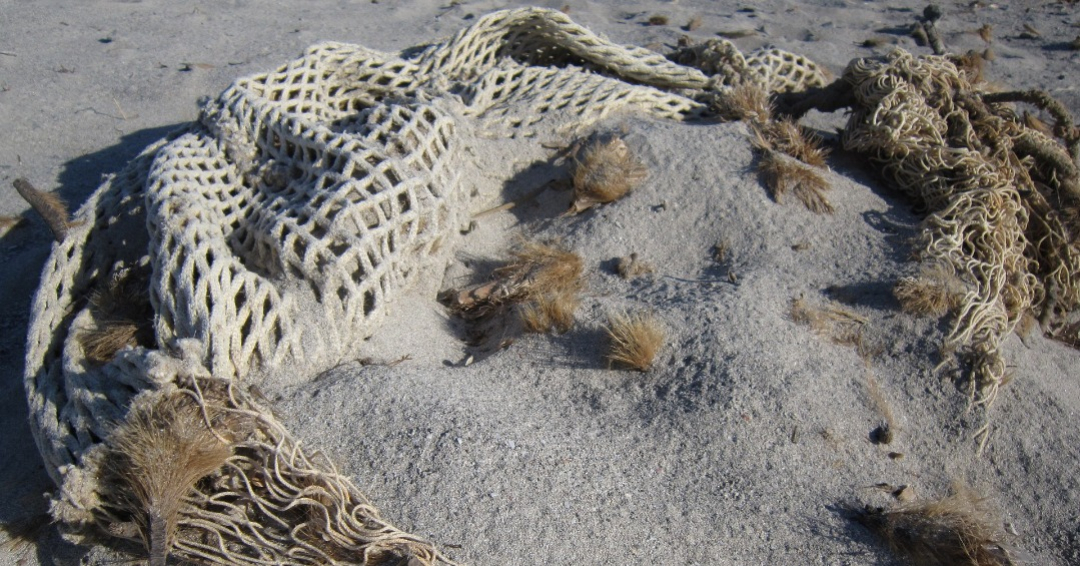While larger plastic items like bags, bottles, and straws have been identified as a danger for marine life, microplastics are often overlooked. They are tiny plastic fragments smaller than 5mm in size and are a major source of plastic pollution. Microfibers are the most common type of microplastic found in our oceans, and they can account for up to 91% of the microplastics that are present in the water. These tiny fibers come from a variety of sources such as wearing and washing of clothes and from the weathering and abrasion of marine equipment.
Marine animals, including shellfish, can encounter and consume microplastics. Shellfish, in particular, are vulnerable because they feed by filtering the water, so they can ingest far higher concentrations of microplastics compared to other marine animals.
A study by the Plymouth Marine Laboratory highlights the negative impact that prolonged exposure to polyester microfibers can have on the growth and development of young blue mussels. They found that exposing young blue mussels to polyester microfibers at concentrations of 80 microfibers/liter caused them to grow at a slower rate (-36%) and be significantly smaller compared to mussels exposed to 8 microfibers/liter. Exposing mussels to cotton microfibers (80 cotton microfibers/liter) did not have a significant effect on their growth rate. It is good to mention that marine microplastic concentrations of 10 particles per liter of seawater are common in many parts of the world. Microplastics can also cause damage at the molecular and cellular level in adult mussels and other marine organisms. In particular, exposure to microplastics can trigger an inflammatory response in mussel cells, leading to damage and dysfunction.
The reduced growth rates in mussels could have significant impacts on the wider ecosystem and human populations. Smaller mussels may face increased competition for food and space, leading to lower survival rates. Additionally, smaller mussels may have reduced nutritional value, affecting the food chain and the health of predators that rely on them as a food source. Furthermore, the slower growth rates of mussels could have economic impacts on the aquaculture industry, as it may take longer for them to reach a harvestable size.
Microplastic pollution is a pervasive issue, and it is believed that the actual concentration of microplastics in the ocean may be much higher than currently estimated. Some marine areas have registered concentrations of up to 182 particles per liter. It is critical that we continue to study and monitor the impacts of microplastics on marine ecosystems and take steps to reduce the amount of plastic waste that enters our oceans.
Source: phys.org

